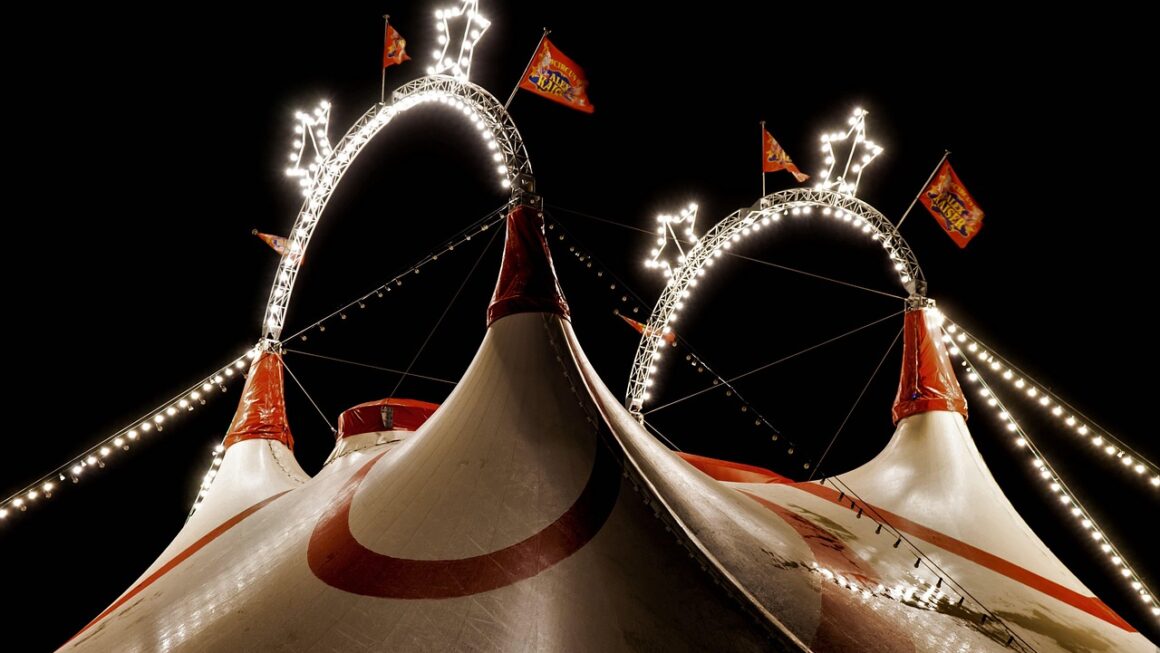Movie clips. They’re snippets of cinematic brilliance, unforgettable moments distilled into bite-sized pieces. Whether it’s a comedic explosion, a heart-wrenching monologue, or an action-packed sequence, movie clips have become an integral part of our digital culture, finding their way into everything from social media memes to educational presentations. But what exactly makes a movie clip so impactful, and how can you effectively use them? Let’s dive into the world of movie clips and explore their power.
The Allure of Movie Clips: Why They Captivate Us
Movie clips offer a unique form of entertainment and engagement that static images or text often struggle to replicate. Their power lies in their ability to convey emotions, tell stories, and create connections with audiences on a visceral level.
Emotional Resonance
- Movie clips evoke powerful emotions, from laughter and joy to sadness and fear. A carefully selected clip can quickly establish a mood and resonate with viewers on a personal level.
- Examples: Think of the iconic “You had me at hello” scene from Jerry Maguire, instantly bringing up feelings of romance and connection. Or the gut-wrenching moment in The Lion King when Mufasa dies, which evokes deep sorrow and loss.
- The emotional impact of a movie clip can be enhanced by context. Knowing the film from which the clip originates adds another layer of understanding.
Storytelling in Seconds
- Even a short movie clip can tell a mini-story, conveying a complete arc of character development, conflict, and resolution.
- Examples: A clip showing Rocky Balboa’s training montage in Rocky conveys his determination and perseverance in a matter of seconds. Or the climactic lightsaber battle in Star Wars exemplifies the struggle between good and evil.
- A well-chosen clip distills the essence of a larger narrative into a concise and engaging format.
Instant Recognition and Shared Experience
- Many movie clips have become cultural touchstones, instantly recognizable and universally understood. They create a sense of shared experience and community among viewers.
- Examples: The “I’ll be back” line from The Terminator is instantly recognizable and often used in various contexts. The “Here’s Johnny!” scene from The Shining has permeated popular culture and become a symbol of terror.
- Using these recognizable clips can instantly grab attention and create a connection with the audience.
Legally Navigating Movie Clips: Copyright Considerations
Using movie clips raises important legal questions related to copyright law. Understanding these rules is essential to avoid potential legal issues.
Fair Use Doctrine
- Fair use allows limited use of copyrighted material without permission from the copyright holder for purposes such as criticism, commentary, news reporting, teaching, scholarship, or research.
- However, “fair use” isn’t a blanket permission. Four factors are considered:
The purpose and character of the use (e.g., commercial vs. non-profit educational).
The nature of the copyrighted work (e.g., factual vs. creative).
The amount and substantiality of the portion used in relation to the copyrighted work as a whole (e.g., a short clip vs. the entire movie).
The effect of the use upon the potential market for or value of the copyrighted work (e.g., does the clip replace the original work?).
- Example: Using a short clip from The Social Network in a film studies class to illustrate a point about character development might be considered fair use. Using a compilation of action movie clips to promote your own action movie might not be.
Obtaining Permissions and Licenses
- If your intended use of a movie clip doesn’t fall under fair use, you’ll need to obtain permission from the copyright holder, usually the film studio.
- This often involves licensing the clip, which can be expensive, especially for commercial purposes.
- There are services and platforms that facilitate the licensing of movie clips, making the process more accessible.
Public Domain Movies
- Movies in the public domain are no longer protected by copyright and can be used freely.
- However, identifying true public domain movies requires careful research. Copyright laws vary, and restoration efforts might introduce new copyrights.
- Example: Classic films like Nosferatu (1922) and Metropolis (1927) are generally considered public domain in many countries.
Sourcing Movie Clips: Where to Find Them
Finding the right movie clip can be a challenge, but several resources are available to help you in your search.
Official Streaming Platforms and Online Retailers
- Many streaming platforms like Netflix, Amazon Prime Video, and Disney+ allow viewers to take screenshots and record screen captures, but their terms of service typically prohibit sharing or distributing copyrighted content without permission.
- Purchasing movies from online retailers like iTunes or Google Play often comes with similar restrictions.
- Using these platforms without permission could lead to copyright infringement.
Stock Footage Websites
- Stock footage websites like Shutterstock, Getty Images, and Pond5 offer a range of royalty-free and rights-managed movie clips.
- These clips are typically licensed for specific uses, such as commercial or editorial purposes.
- Prices vary depending on the length of the clip, the resolution, and the intended use.
YouTube and Other Video-Sharing Platforms
- YouTube is a vast repository of movie clips, but many of these clips are uploaded without permission from the copyright holders.
- Using clips from YouTube without permission can be risky and could lead to copyright strikes or legal action.
- Look for channels that explicitly state they have permission to use the clips or that offer royalty-free content.
Online Movie Clip Databases
- Websites like Playphrase.me allow users to search for movie clips based on specific phrases. This can be useful for finding clips that illustrate particular concepts or ideas.
- Clipfind.io offers a curated library of movie clips for creators and educators.
Using Movie Clips Effectively: Tips and Best Practices
Using movie clips effectively requires careful planning and execution. A poorly chosen or presented clip can detract from your message, while a well-executed clip can elevate it.
Relevance and Context
- Ensure that the movie clip is directly relevant to your topic and adds value to your presentation or content.
- Provide context for the clip, explaining its significance and how it relates to your message.
- Don’t simply insert clips randomly; they should be carefully integrated into the flow of your content.
Brevity and Impact
- Keep movie clips short and impactful. A few seconds can often be more effective than a long, drawn-out scene.
- Focus on the most compelling moments of the clip and avoid unnecessary footage.
- Edit the clip if necessary to remove irrelevant sections or to emphasize specific points.
Technical Considerations
- Ensure that the movie clip is of high quality, with clear audio and video.
- Optimize the clip for the intended platform, considering factors like resolution, file size, and aspect ratio.
- Use appropriate transitions and effects to seamlessly integrate the clip into your content.
Target Audience
- Consider your target audience when selecting movie clips. Choose clips that will resonate with them and that they are likely to understand.
- Avoid using clips that are too obscure or that require specialized knowledge to appreciate.
- Test your clips with a representative sample of your target audience to ensure that they are effective.
Movie Clips in Marketing: A Powerful Tool
Movie clips have become a popular and powerful tool in marketing, allowing brands to connect with their audience on an emotional and memorable level.
Social Media Engagement
- Short movie clips are ideal for social media platforms like TikTok, Instagram, and Twitter.
- They can be used to create engaging content that captures attention and drives traffic to your website.
- Example: A travel agency could use a clip from Into the Wild to inspire wanderlust and promote adventure travel packages.
Advertising Campaigns
- Movie clips can be used in advertising campaigns to evoke emotions, tell stories, and create brand associations.
- They can be particularly effective for promoting products or services that are related to the movie or the themes it explores.
- Example: A car manufacturer could use a clip from Back to the Future to highlight the innovative features of its new electric vehicle.
Content Marketing
- Movie clips can be integrated into content marketing strategies to add visual interest and enhance storytelling.
- They can be used in blog posts, articles, and presentations to illustrate points, provide examples, and engage readers.
- Example: A personal finance blog could use a clip from The Wolf of Wall Street to illustrate the dangers of unchecked greed and unethical behavior.
Conclusion
Movie clips, when used strategically and legally, are a powerful tool for communication, education, and entertainment. From evoking emotions to illustrating complex concepts, their potential is vast. By understanding copyright laws, sourcing clips responsibly, and implementing best practices for their use, you can harness the power of movie clips to create compelling and engaging content that resonates with your audience.




